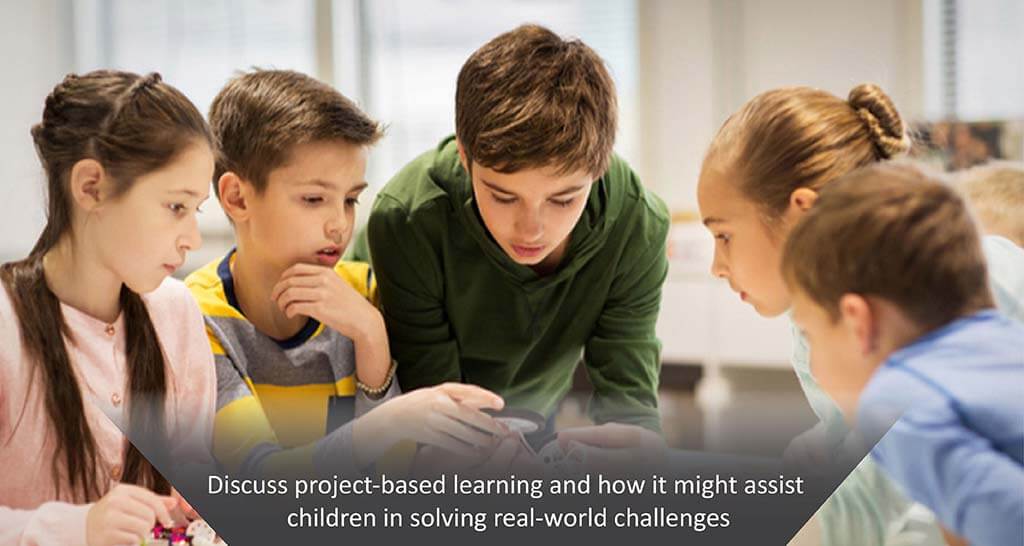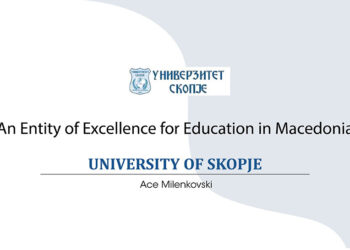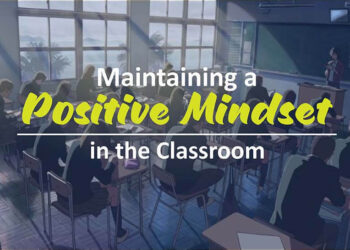A tried and true approach to education is known as “project-based learning.” Students will get an in-depth understanding of their topics via this approach and learn how to apply what they have learned to real-world scenarios. Today, many educational institutions are using the Project-Based Learning approach. The pupils will benefit more from their education if this instruction technique is correctly implemented in the classroom.
What is project-based learning?
This approach requires students to create a “project” that either illustrates, summarises or presents the content they have been studying in class. The duration of the project might be considered either short or long-term. It might be a group, or it could just be one person. They could be evaluated, or they might not be graded at all.
Examples of projects include an essay, a collection of objects, a critical analysis, or a presentation. Projects include field excursions and lab experiments. The project’s scope is rather broad. It is up to the teacher’s or student’s imagination. In literature, for example, while studying Wordsworth’s poetry, a project concept may be to produce an article on the ‘Influence of Nature’ on his poems. This will require the learner to analyze and read all of Wordsworth’s poetry critically.
Similarly, a group of students may be invited to teach the whole class after making a presentation on a Chemistry subject. Working in a group improves leadership skills and allows students to see their strengths and shortcomings, such as how some students excel at research. In contrast, others excel at presentation preparation, and yet others excel at public speaking.
What are the advantages of project-based education?
Neither students nor parents nowadays like rote learning. The emphasis on schooling has moved from memorization to application.
- Students must develop life skills such as public speaking, presentation, and critical thinking. This strategy guarantees that these talents are sharpened. Children acquire confidence, which improves their morale.
- It aids in cognitive growth or boosts cognitive ability. Students learn to analyze, compare, and argue various issues. They know to weigh the benefits and drawbacks. They learn how to solve problems.
- This strategy encourages children’s creativity. Students may demonstrate their grasp of a topic in various methods in a class, including writing a song, acting out a play, creating charts, writing essays, creating advertisements, or creating simulations. The possibilities are endless, and the instructor must be open to all representations.
- It makes learning more enjoyable. Students receive a break from the teacher’s one-sided communication in class. They may speak out for themselves and express themselves via initiatives.
- It promotes self-education. Children research and attempt to learn more about the subjects for the project.
A student’s approach to making the most of their project-
- Like the Project- It is critical that the kids enjoy working on the project to obtain the most benefit.
- It is OK to discuss your project ideas or refer to content. However, avoiding asking someone else to do the assignment for you is best. This impedes your learning and provides no benefit. Arya Gurukul’s instructors are vehemently opposed to such “borrowed projects.”
- Think ‘Outside the Box’- Your idea will stand out if it has a surprise aspect. You may be creative with your project. Please use the internet and add a personal touch to make it more intriguing.
- Involve Others- Do your project about the audience to whom you will offer it. You may add a questionnaire or survey to obtain data on your issue. You may either engage your peers in a group conversation or leave the forum open to queries. In reality, initiatives gain value when they are followed up on.
- Do not get perplexed- Students often become perplexed while discussing their assignments with their peers. Remember that the first thought that comes to mind while thinking about a project is frequently the greatest.
Conclusion
Project-based learning is not only an activity that takes place in the classroom; instead, it affects several aspects of a kid’s personality, regardless of where the child is. It not only helps them become more skilled but also more self-assured. As a result, educators, pupils, and parents alike must consider this educational approach fruitful and make the most of the opportunities it presents.






